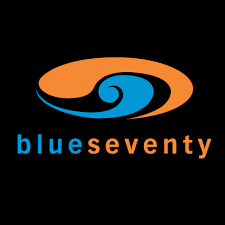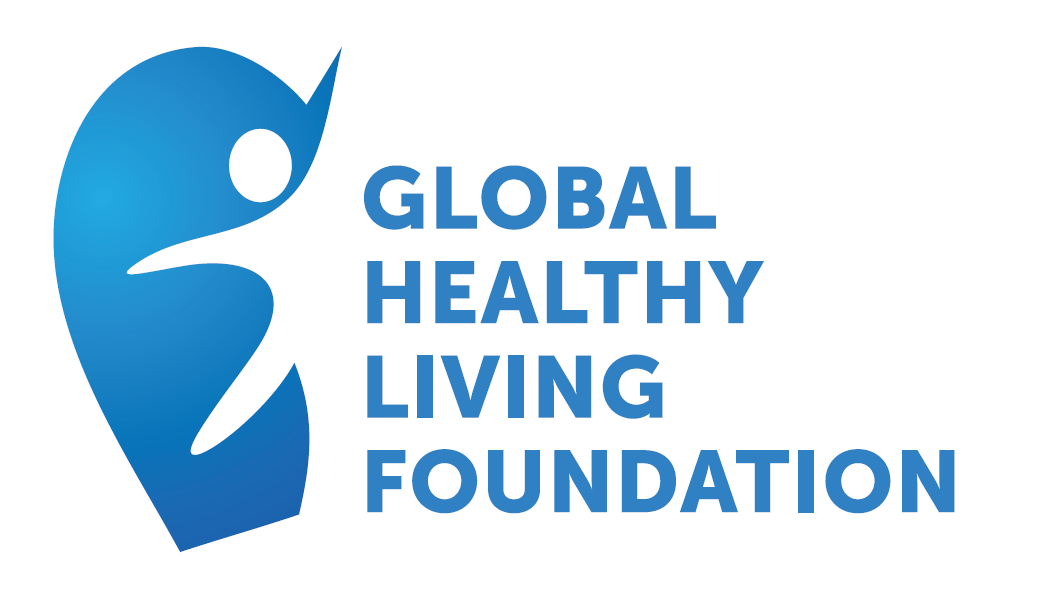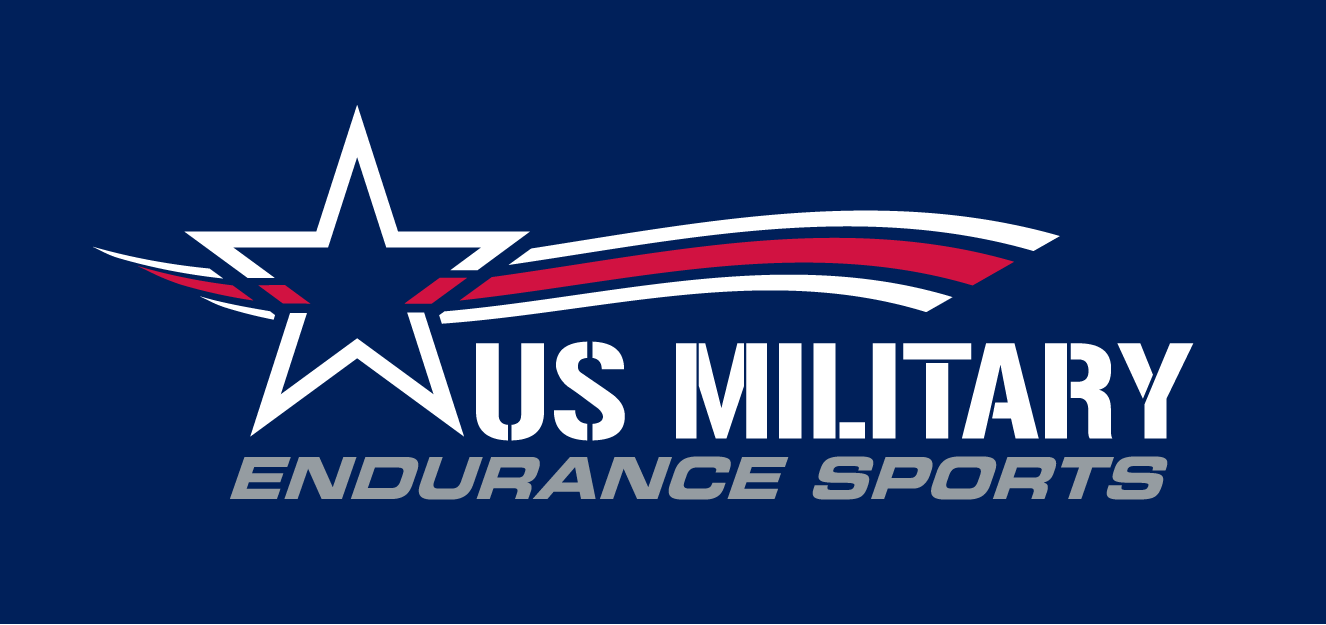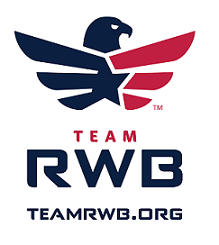In Part 1: Pain is the name of the game, we ended with the questions: why do I swim, bike and run [“exercise”] so much? And yet, why do others exercise so little?
The difference between those people and people like me is pain management. Some people are inherently born with the ability to process pain and some people, like me, have the ability to learn to tolerate it, process it and deal with it. And then there are those who tend to try to avoid it all together. Lance Armstrong had this to say about pain: “Pain is temporary. It may last a minute, or an hour, or a day, or a year, but eventually it will subside and something else will take its place. If I quit, however, it lasts forever.” I believe that in racing or training, letting the pain win is not an option. No matter what form of pain, mental focus and perseverance can always triumph.
I have had five major injuries during the course of my athletic career dating back since high school. These injuries have included a stress fracture in my fibula, stress fracture in my spine, IT band syndrome, a severely sprained ankle, and another worth mentioning in its own blog. All of these injuries produced psychological and physical pain. However, like any aspiring athlete, I continued to train, block out the pain when necessary, and overcome these minor setbacks to resume my regular training intensity. When I say block out the pain, I am not saying to train through an injury. Instead, be smart and train around the injury. Although training through an injury takes a certain level of pain management, it is an irrational approach. I would rather be a wise man than a hard ass, excuse my language, any day.
When I had a fibula stress fracture in high school, I took the irrational approach. Sophomoric and naïve, I continued to train through my injury. I did not tell my coach or my parents. I would ice my leg at school and not favor my leg while at practice. I was in the best running shape of my life, hoping to pull off a state championship in the two mile, but instead I could not even run to qualify for the race. After a pre-season race at Clemson University, the pinnacle of my injury, I had freshman orientation at Georgia Tech and my experience, to say the least, was miserable. Not because of the tour itself, but the fact that I felt like a cripple since I could barely walk–and our tour lasted all weekend. I pushed my leg so far that the stress fracture almost turned into a complete break. No doubt I had to have a high pain tolerance to continue to train with that type of injury and to the point where I could barely walk, but in fact I was trading one type of pain for another.
Athletes train through injuries all the time, but like I said it does more harm than good. If I would have stopped when the pain first arose I would only have been out maybe a month. Instead, I was out an entire season and this type of injury could have prevented my acceptance into West Point. I was hoping that the pain would just go away. If I would have at least told my coach, he could have made the hard decision to stop training. But I put all the pressure on myself. I could handle the physical pain from the injury but I could not handle the physiological pain to stop what I loved to do–run–and give up the level of fitness I had reached. I am just now getting back to the same running fitness I was at in high school. Since then, I have been able to grow as an athlete and gain knowledge from my mistake. Please take from my experience, so you do not have to learn the hard way.
I would like to thank my high school cross country and distance track coach, John Perkins. John or “Perkins” as we called him, was a volunteer coach for the Habersham Central High School, HCHS, located in Mt. Airy, GA. He built the cross country and distance track program from almost nothing and leaving a void that I think will never be filled again. I owe by love for running to him.
I also want to thank my distance track coach John McCartney, who took up the burden of coaching me when I was a senior at HCHS. At the time I would commute to Athens, GA to train under his guidance. Coach McCartney showed me how to reach new levels of fitness and although side-lined by my injury, John was only supportive. I want to thank him for opening up his house and letting me be a part of his family during our time together. Stay tuned for the last part of this three part series, Part 3: Pain Management – Only the Strongest Survive.













